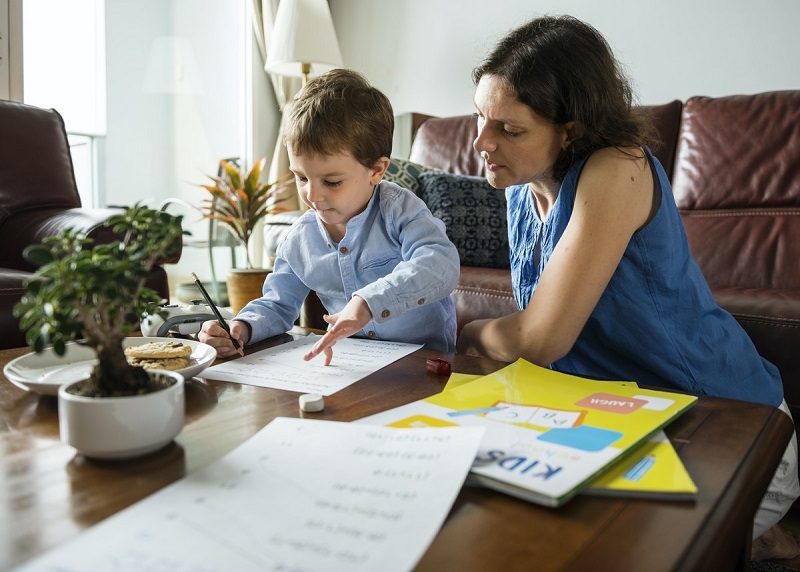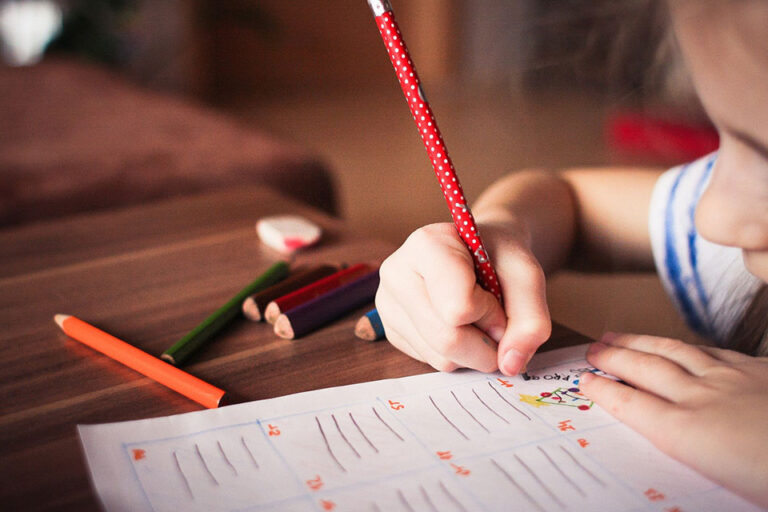Attachment theory in psychology provides us an outlook for how our children will grow up to interact with others and navigate meaningful relationships. These attachment styles are formed from the time they are newborns and develop due to their interactions with their primary caregiver. An attachment will form, regardless of whether a child’s needs are being met as a natural form of survival, which is why it’s essential to create a secure attachment style early on, and avoid attachment patterns based on anxiety, for example.
Here we’ll address the healthiest attachment style, secure attachment, how it benefits children as they grow, and how you can implement evidence-based techniques to develop this attachment in your little ones.
Why is Attachment Important?
Attachment theory was developed by psychoanalyst John Bowlby, which explained that our emotional bonds to our caregivers determined whether we would survive from birth. Attachment is crucial for childhood development because it will ultimately dictate the way kids will interact with their peers as adults and their self-image.
However, while the term attachment implies otherwise, it can help children be more independent due to feeling confident in their relationships with their caregivers and themselves. Researchers and clinicians must study this theory for children in the system who are not fortunate enough to build these critical foundations with their parents.
An expert at Florida Tech has this to say, “—the number of children in the foster system continues to increase, according to the Administration for Children & Families, understanding attachment is paramount for social workers, counselors and child advocates, as many children simply aren’t raised in environments where a concentrated bond with a caregiver can form”.
Therefore, for the good of children everywhere, it is best to equip ourselves with the knowledge to make educated decisions while they’re under our care. If you’d like to learn more about other attachment styles, visit BetterHelp for more information.
Benefits of Secure Attachment Style
As one of the most common attachment styles, and the healthiest, it’s impressive to see just how much it contributes to a child’s mental well-being throughout their life.
Some significant benefits of secure attachment include:
- Fewer occurrences of behavioral disorders
- Better emotional coping mechanisms
- A solid sense of self
- Curiosity and willingness to learn new things
- Self-reliance
- Increased self-esteem
- Better social relationships
How To Create A Secure Attachment With Your Child
Alice Boyes Ph.D. offers some helpful tips on how to raise a securely attached child. For the most part, it’s imperative to remember that all children are different and that their physical cues may be unique to them, so you must nurture them accordingly. These tips only serve as a basic foundation.
Here are a few:
- Whether your child is feeling positive or negative emotions, be responsive, as attachment is not solely about the negative Especially do this if you’ve been separated from them for some time.
- Everyone makes mistakes, so offer genuine apologies when they happen.
- Create routines for greeting and departure to establish trust.
- Foster an environment where stating your needs is encouraged. This will help them understand that they can come to you for help.
Marie Miguel has been a writing and research expert for nearly a decade, covering a variety of health- related topics. Currently, she is contributing to the expansion and growth of a free online mental health resource with BetterHelp.com. With an interest and dedication to addressing stigmas associated with mental health, she continues to specifically target subjects related to anxiety and depression.











